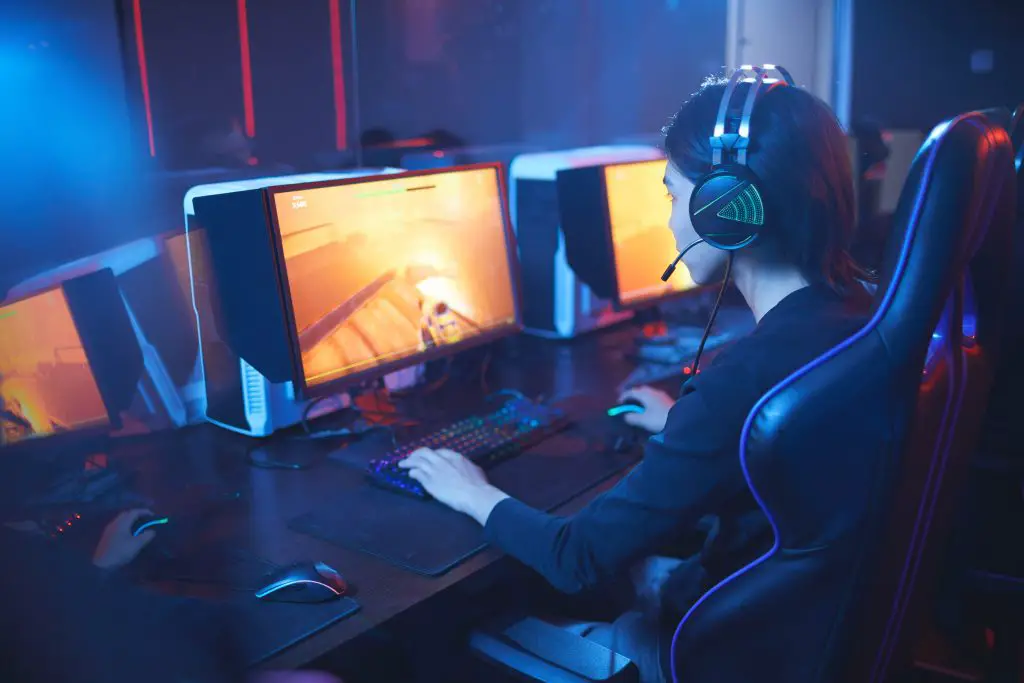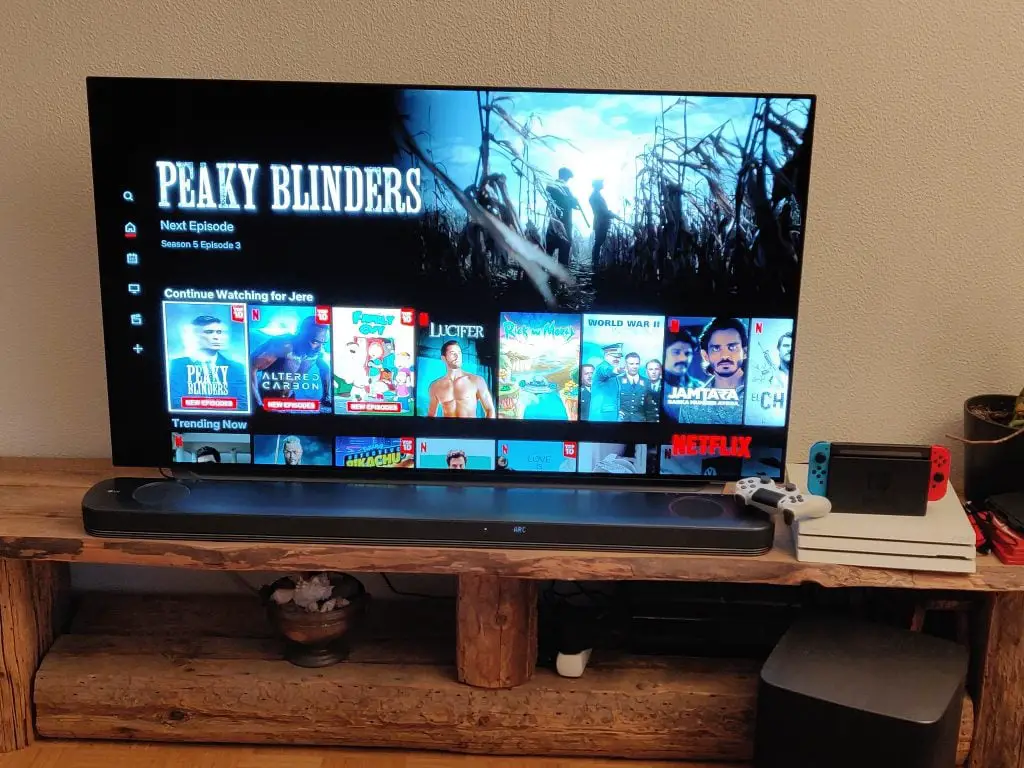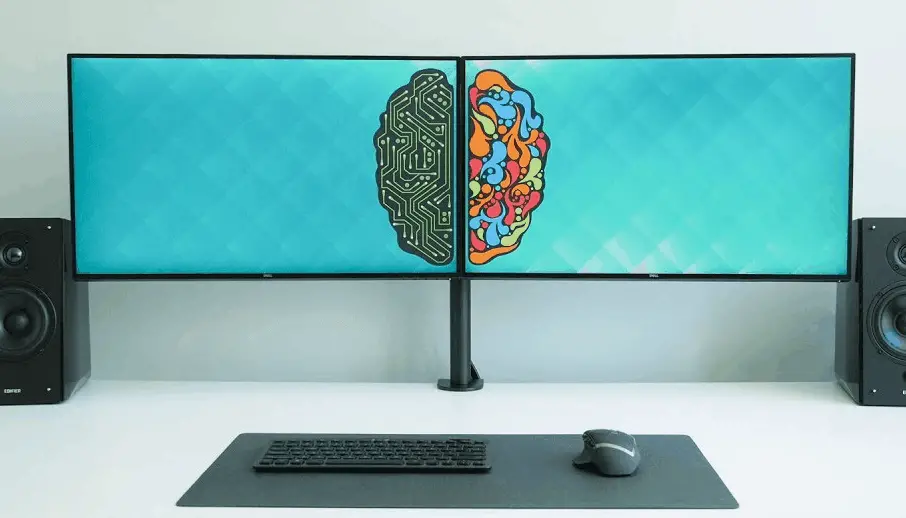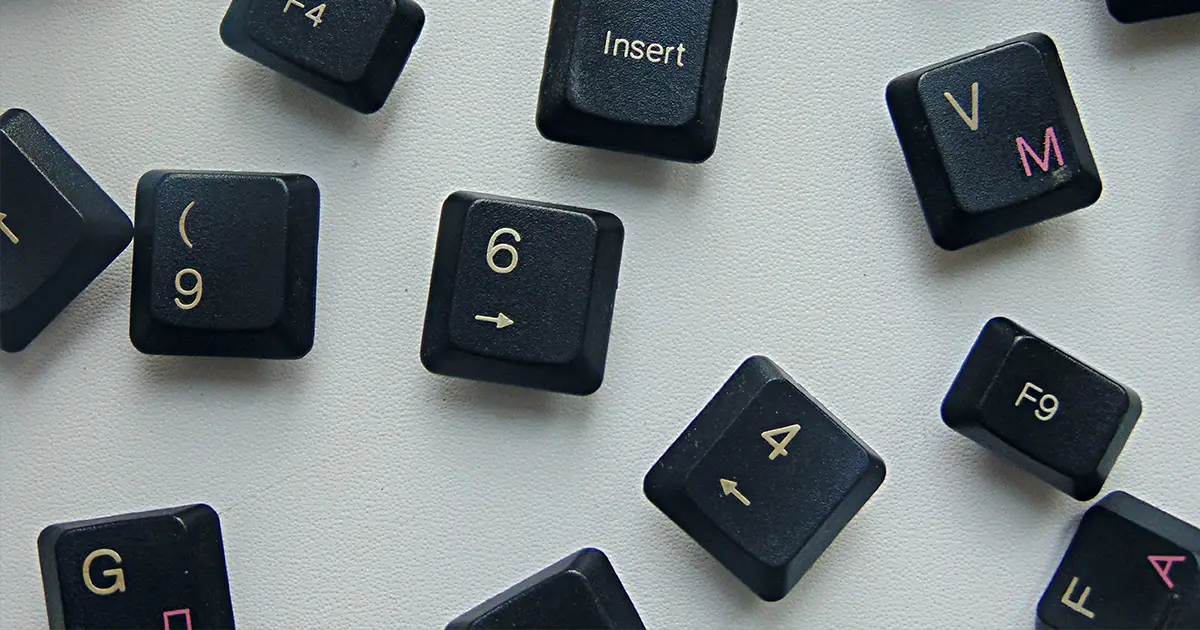When searching for the best gaming monitor, recent years brought a lot of new competitors to the mix. There are a few factors to consider before deciding on which monitor you want to have complete your setup while looking and feeling good.
Screen size
When looking for the best gaming monitor, the most important factor to consider is the screen size. The most popular monitor size by far and used by most gamers is 24 inches. Such monitors support a resolution of 1920×1080 which is the one most games are optimized for. We wouldn’t recommend going smaller than 22”, as it won’t let you play the newest titles at highest resolutions.
A bigger monitor obviously comes at a bigger price tag, but if you have more distance to your desk and a lot of space to fill, a 27 incher might just be the one you want. However, make sure that your PC specs are top notch to run your games are those higher resolutions.

Huge 30″+ monitors have flooded the market in 2019, many of the posting up impressive 4k resolutions and high refresh rates. However those come with insane price tags and are not optimal for competitive games.
If you have a beast of a PC and prefer your graphics crisp, clean and huge, you might want to consider shilling up for a 32inch 144hz gaming monitor. If you’ve decided to get an ultra-wide monitor as your next purchase, you might be interested in checking out how to manage multiple windows in a very efficient way on Windows 10.
Screen resolution
Different size monitors have different maximum resolutions. Although there is no “one above all” resolution for a gaming monitor, there are some things to consider. The best monitor resolution for gaming is arguably 1920 x 1080, as that is the highest resolution almost all 24″ monitors support.
This also causes most game developers to make sure their games are well optimized for that resolution. Any resolutions above that are often not supported and end up in stretched graphics and bad refresh rates.
However, as we are nearing 2020, more and more people are opting for 4K monitors and TVs, so manufacturers are forced to adapt. This applies also for game developers, adding ultra-high definition textures and resolution support to all the newer titles.
However, higher resolution gameplay requires a lot more powerful hardware to run, therefore when looking for performance over beauty, the best monitor resolution for gaming is 1920 x 1080.
Aspect ratio
The aspect ratio of a gaming monitor is the proportional relationship between its width and its height. Most new monitors support 16:10 and 16:9 aspect ratios. This allows for games to be played at all the common resolutions. More seasoned screens used to only support a 4:3 ratio, which is still supported by new monitors by scaling down the resolution.
Higher aspect ratios will allow you to run your games in 4k resolutions and therefore result in clearer textures. If you’re buying a fresh monitor made after 2008, you shouldn’t have to worry about the aspect ratio.
Refresh rate
When talking about games, the screen refresh rate is one of the most important aspects you should be looking at. Refresh rates of monitors are listed as Hertz. This basically represents how many times the screen refreshes the image per second. If one reaches over 60 frames per second in a game and own a monitor that refreshes at only 60Hz, all those extra frames will go to waste.

Most normal monitors and basically all TV’s have 59 or 60Hz refresh rates. On the newer gaming monitors, the rates go by 60Hz, 120Hz and 144Hz, and 240Hz (some bigger monitors are limited to 100Hz).
When the rates go over 120Hz, the prices scale up accordingly. The difference between 60 and 120 hertz is HUGE, but above that the difference is not very significant. Most people’s top choice is a 120Hz monitor when it comes to gaming. Once you get the feel for it, you won’t want to go back.
Response time
The best gaming monitors have low response times, which allows for quick and fluid performance, with next to zero input lag. When it comes to gaming, the lower the response time is, the better it is for you. When it is between 1ms or 2ms, it won’t make a noticeable difference and those are the values on most new monitors.
However, if going for higher response time monitors, we recommend caution. Some new monitors manufactured in 2019 have multiple modes to toggle between a lower latency gaming mode with less picture optimizations. This is great if you watch movies or edit on your monitor alongside games.
Input / Output ports
Before you place the order on that fresh monitor, make sure to check it has your desired output ports and they are compatible with your graphics card. Most graphics cards have multiple input ports including HDMI, DVI, and lately DP (DisplayPort).
You should make sure you have the compatible ports with the monitor, as nothing is worse than peeling the plastic off your new monitor and noticing you can’t plug it in. HDMI cables can only support up to 60Hz so make sure you have a DisplayPort or DualLink-DVI port for a proper gaming monitor.
G-Sync and FreeSync
You might have noticed that most of the monitors you’ve been eyeing up are accompanied by either G-Sync or FreeSync functionalities – sometimes both. These technologies help keep outlines of frames smooth, reduces input lag alongside lowering screen tearing.
G-Sync is a product of by Nvidia, so you need to own a Nvidia branded graphics card to be able to take advantage of those features.
FreeSync is a product of AMD and features similar functionality to G-Sync. These features will certainly bump up the price of the monitors respectively. FreeSync a little less so, as AMD provides cheaper components to accomplish this integration into the monitors.
Monitor Panel Types / Viewing Quality
There are a few different panel types that new monitors come with, which affect the viewing experience. The three main panel types you will encounter are TN, IPS and VA.
TN Panels
TN panels are the most common ones on the market as they’re the cheapest to manufacture. The best part about TN panels besides being the cheapest option, is that they have the lowest response time and minimal input lag. This makes them optimal in gaming monitors as the response time is crucial in gaming and especially FPS titles. The other main feature in TN panels is the support for high refresh rates up to 244Hz, which is what most gamers are looking for.
The main downsides include TN worse viewing angles when compared to IPS panels, but this is often not an issue when gaming is considered. Another common issue is non-optimized color contrasts and fairly low color-depth, but they are not big issues if you don’t intend to watch tons of movies or do video editing alongside gaming.
IPS Panels
IPS panels have become more popular over 2018 as they have improved the viewing angles and colors/contrasts from the cheaper TN alternatives. These panels have true 8-bit color depth panels. This allows for more colors when compared to 6-bit panels on most TN monitors.
IPS panels, in their early years, struggled to achieve reasonable response times. However, modern IPS panels have improved a lot on these features. While TN panels usually have 1 to 2 ms response times, many IPS panels only reach 5-to-10 milliseconds. This can make them unsuitable for very fast-paced gaming.

IPS panels are marketed under many names including PLS (Samsung) and AH-IPS (LG). IPS monitors are usually available in larger size categories up to 40 inches. These monitors support an ultra-wide aspect ratio (21:9).
All in all, IPS panels have way better picture quality, but if you don’t spend a lot of extra money for a low response time one, it might not be the best option for fast paced FPS games.
VA Panels
VA panels were developed to find a middle ground between IPS and TN technologies. They are the least common type of display and most likely should not be your choice.
VA panels have wider viewing angles than TN panels, but have some color shifts, while IPS panels generally do not. VA panels support a lot higher contrast ratios, but color-depth wise they’re similar to IPS.
Refresh rates and response times of VA panels are along the lines of IPS, sometimes a bit slower. When considering the above facts, IPS is the better choice between these two.
In conclusion, you should now have a clear picture of what to keep in mind when looking into which monitor to buy. We made a comprehensive comparison between televisions and monitors for gaming, which you might also be interested to check out. That is, if you intend to do more than just PC gaming on your new monitor.



